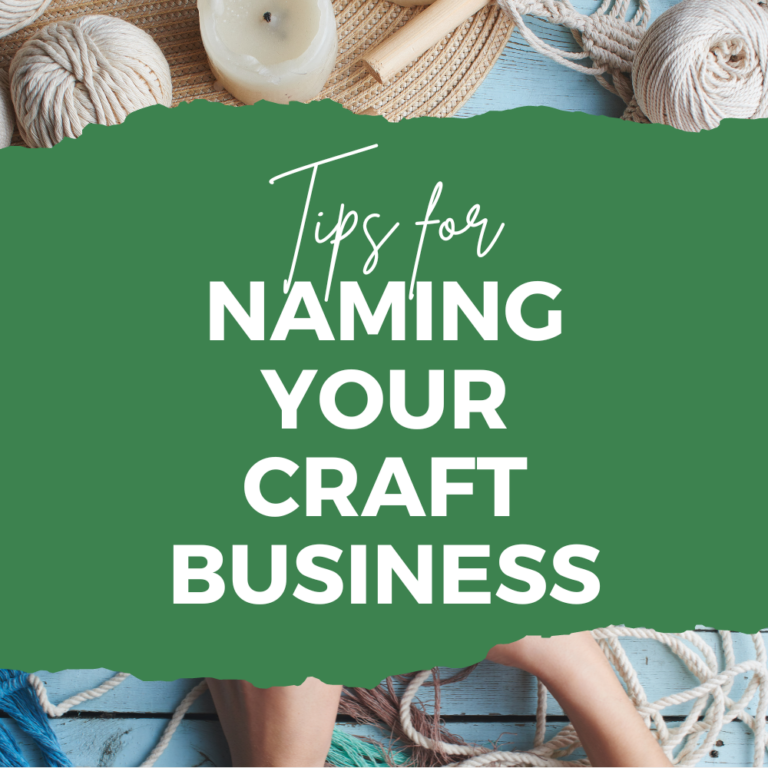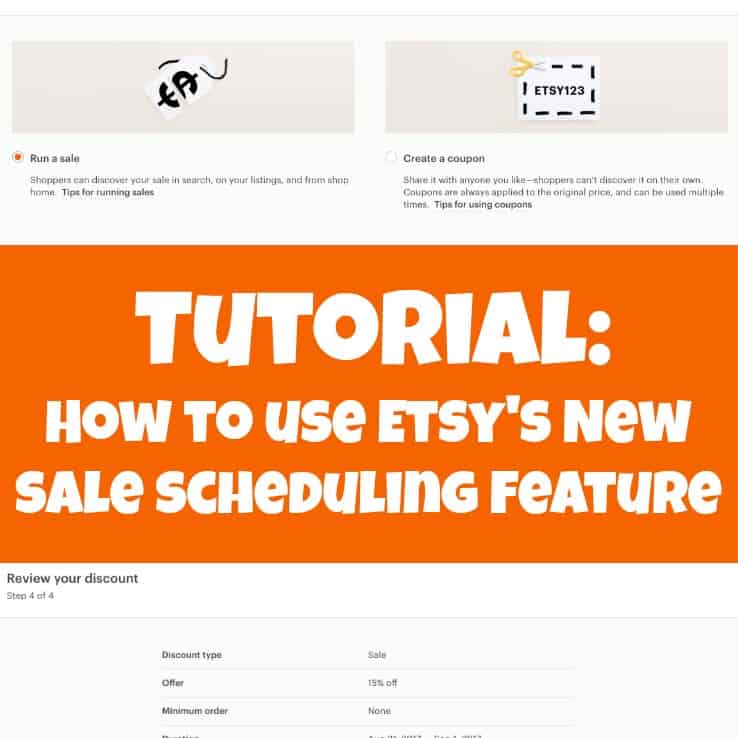How Much to Pay Yourself in Your Craft Business
Affiliate Disclosure: As an Amazon Associate I earn from qualifying purchases. Additionally, I may get commissions for purchases made through other affiliate links in this post.
I’ve talked pricing on the blog before. First, I outlined how to price your craft items for sale. Then, I talked about pricing products when your supplies were on sale. There’s no right or wrong way to determine how much to pay yourself – it’s completely subjective. Today, let’s look at how much to pay yourself.
Two Ways to Guide Yourself
- If you recently worked outside of your home, you should pay yourself at least the equivalent to what you previously paid. There are some limitations to using this method. For example, if you previously made $120,000 working in a high demand job you likely won’t be able to set your prices competitively enough in the craft market.
- You should pay yourself at least minimum wage for your state. Here in Florida, that means at least $8.05. In contrast, minimum wage in California is $10.00 an hour; while minimum wage in New York is $9.00. As your skills increase and your products get more technically difficult – you’ll raise your hourly wage.
It’s just that simple! Remember, your business won’t get far if you don’t pay yourself enough. Underpaid working from home crafters are likely to get burned out faster, too.
How much do you pay yourself per hour? Share in the comments.
Save this post to Pinterest:

Since 2015, Christine Schinagl has been helping crafters start and run craft businesses through her blog, Cutting for Business. As a Silhouette and Cricut crafter herself, she has a unique take on what works and what doesn’t work in the craft business world. She also enjoys teaching other crafters how to create digital SVG designs, available through the Design with Me series.





